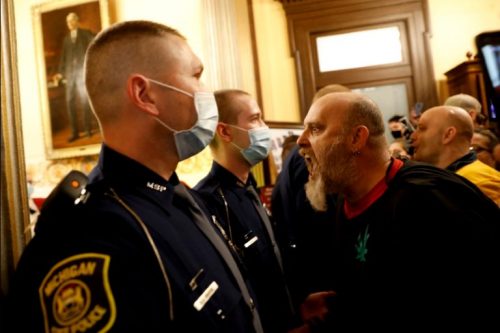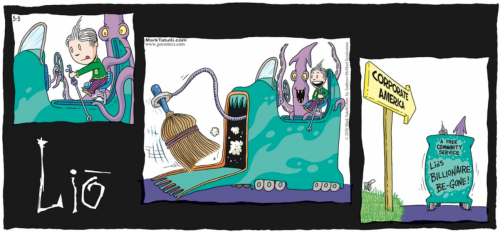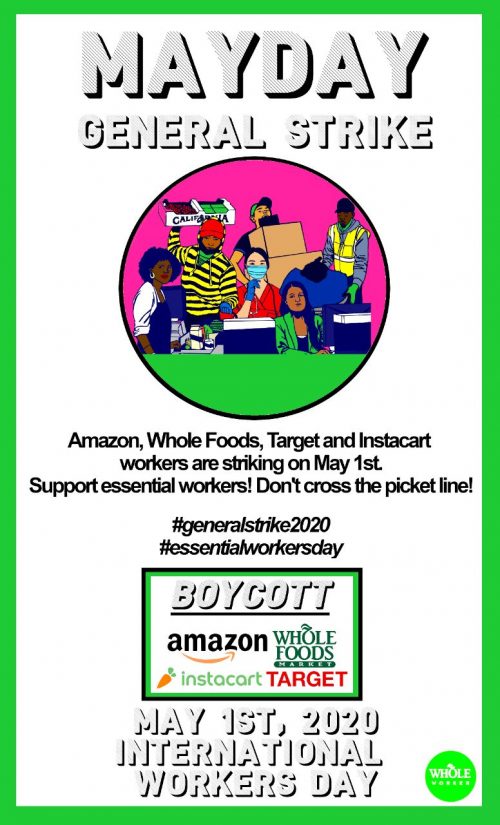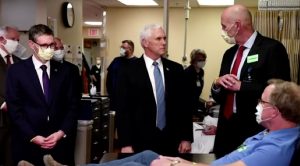We sometimes speak of the American university, as if it is all one thing, where you’ll attend and be pampered for four years and pop out at graduation to a job and a well-paid career. Corey Robin exposes the inequities of the university system by comparing City University of New York, a massive public university, to the Ivy League colleges.
For decades, a handful of boutique colleges and powerhouse universities have served as emblems of our system of higher education. If they are not the focus of discussion, they are the subtext, shaping our assumptions about the typical campus experience. This has remained true during the pandemic. The question of reopening has produced dozens of proposals, but most of them are tenable only for schools like Brown; they don’t obtain in the context of Brooklyn College. The coronavirus has seeded a much-needed conversation about building a more equal society. It’s time for a similar conversation about the academy.
In academia, as in the rest of society, a combination of public and private actors directs wealth to those who need it least. While cuny struggles to survive decades of budget cuts—and faces, in the pandemic, the possibility of even more—donors lavish elite colleges and universities with gifts of millions, even billions, of dollars. Sometimes these donations fund opportunities for low-income students, but mostly they serve as tax-deductible transfers to rich, private institutions, depriving the public of much-needed revenue. What taxes federal and state governments do collect may be returned to those institutions in the form of hefty grants and contracts, which help fund operating budgets that Brooklyn College can only dream of. This is the song of culture in our society. The bass line is wealth and profit; the melody is diversity and opportunity.
It seems that massive endowments only get more massive year after year, while the smaller public colleges are reduced to begging for scraps from state governments. We’re expected to do just as much as universities swimming in money from wealthy alumni, for less, with less support and less press.
There’s also a significant distinction: rich people send their kids to the already-rich private universities; everyone sends their kids to the community colleges, the state universities, the small public colleges. When you pretend an Ivy League college is representative, and when you starve the state-funded institutions, you are making the wealthy wealthier and the poor poorer. You are also killing a major engine of class mobility, which I sometimes suspect is the actual purpose.
Yet, for all the talk of the poor and students of color at the Ivy League, the real institutions of mobility in the United States are underfunded public universities. Paxson [Brown University president and the deputy chair of the board of the Federal Reserve Bank of Boston, because that’s the kind of person who ends up running wealthy universities] may believe that “a university campus is a microcosm of any major city in the U.S.,” as she told NPR, but cuny is no microcosm. With nearly two hundred and seventy-five thousand students and forty-five thousand staff—a population larger than that of many American cities—it is what the Latin root of the word “university” tells us higher education should be: the entire, the whole. More than seventy-five per cent of our undergraduate students are nonwhite. Sixty-one per cent receive Pell Grants, and the same percentage have parents who did not graduate from college. At City College and Baruch College, seventy-six and seventy-nine per cent of students, respectively, start out in the bottom quintile of the income distribution and wind up in one of the top three quintiles. For hundreds of thousands of working-class students, in other words, a cash-starved public university is their gateway to the middle or upper-middle class.
In my career, I’ve been educated at state universities and only taught a state universities. I’ve visited the famous big name schools, like Princeton and UPenn and Yale, and mainly been struck by the disparities in privilege, not any differences in quality of content. We have to work harder in state colleges, and even harder in community colleges, but we bring the same information to the students, and the same opportunities. The only advantage to the expensive private schools is the opportunity to mingle with other people who can afford them — you don’t learn more, if that’s what you’re after, you just get to make connections with other spoiled rich kids.
What worries me now is that I see state legislatures, which are always keen to take a butcher knife to education at all levels, seeing the pandemic and economic failure as a reason to cut education to the bone, which is incredibly short-sighted, fails to see the need for building long-term investment in the human infrastructure of our society, and is going to hit the poorest population, the people who have the most to gain, hardest, while the wealthy institutions are unaffected. The economic inequities in the US have been expanding for a long time, and are a source of inefficiency and corruption already, and they’re just going to grow further in the aftermath of the pandemic.
Boy, the extinction spiral is a wild and depressing ride.









